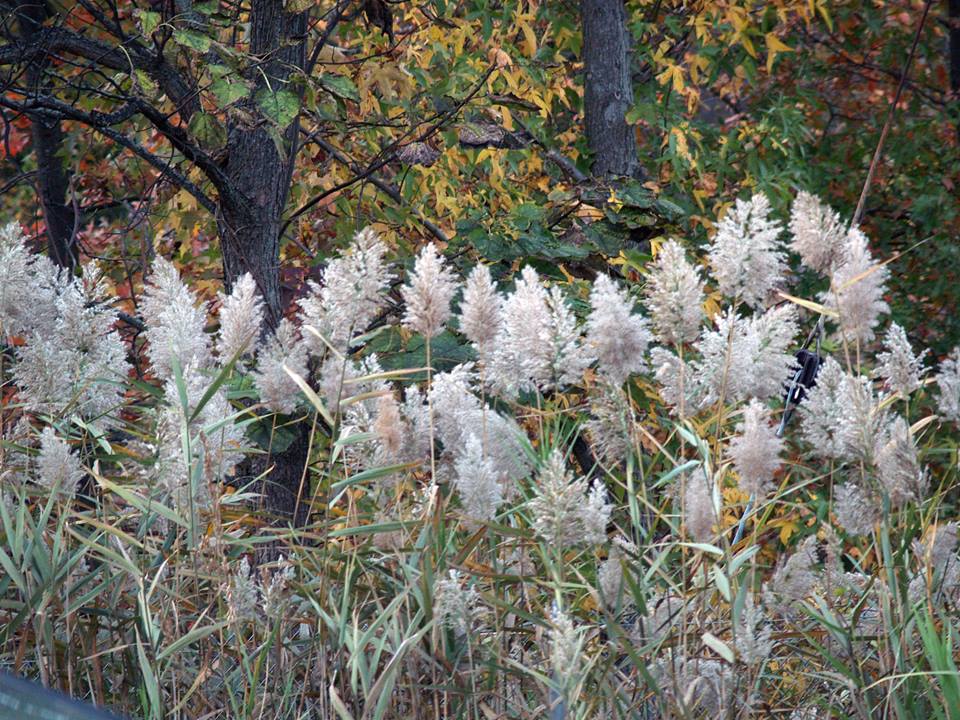Why Hurricanes so named
They are very sweet and endearing names—Katrina, Irene and Sandy. But, they are femme fatale! Deep inside they are lethal; they caused unprecedented damage and devastation.Well, I’m talking about Hurricane Sandy that pummeled the US East Coast causing severe damage especially to New Jersey and New York City.
Why have geologists given such innocuous names to Hurricanes?
Forecasters give names to tropical cyclones, including hurricanes, to avoid confusion when more than one storm is being followed at the same time.
Hurricanes are tropical cyclones in the Atlantic Basin (Atlantic, Caribbean Sea and Gulf of Mexico) and in the Pacific east of the International Date Line. Typhoons are tropical cyclones over the northern Pacific west of the date line. Tropical cyclones in the South Pacific and over the Indian Ocean are just called cyclones.
A storm is named when it reaches tropical storm strength with winds of 39 mph, and becomes a hurricane or typhoon when its wind speed reaches 74 mph.
Tornadoes come and go so quickly – usually in minutes – that forecasters don’t have time to name them. Extratropical storms don’t bring the concentrated violence of hurricanes, although a few can leave major damage, especially blizzards.
Forecasters formally began naming Atlantic Basin in 1950, using names from the international phonetic alphabet of the time: Able, Baker, Charlie, and so on. They started using female, English-language names in 1953, and switched to alternating male and female names in 1979. They also began using French and Spanish male and female names at this time.
The first three male names used — Bob, David and Frederick — have all been retired because they did tremendous damage. Frederick and David were retired because of the damage they did in 1979. Bob was retired after Hurricane Bob hit New England in 1991.
Geneva-based World Meteorological Organization’s (WMO) Regional Association IV Hurricane Committee selected the names for Atlantic Basin and central and eastern Pacific storms.
For the Atlantic Basin and the eastern Pacific, six lists of names are used, with each list used again – minus any retired names – six years after it was last used. The WMO’s regional committee selected the names to replaces those that are retired. Each year the names start with the “A” storm on that year’s list, no matter how many names were used the previous year.
The first hurricane names were often borrowed from forecasters’ wives, but in 1979 men’s names were added to the mix. The WMO now maintains and updates the master list of names, which alternates between male and female; six lists are rotated from year to year in the Atlantic, so the 2011 names will be used again in 2017.
But when a cyclone is bad enough, its name can be retired to honour its victims and survivors.
Twenty-five Atlantic hurricane names have been retired since 2001, including Ivan (2004), Katrina (2005), Rita (2005), Ike (2008) and Tomas (2010).
